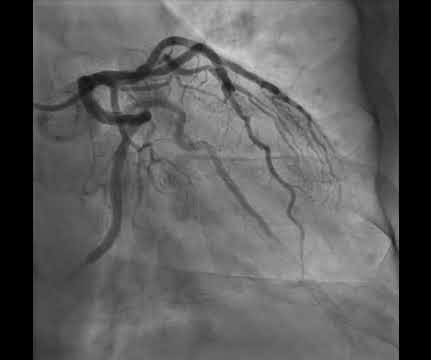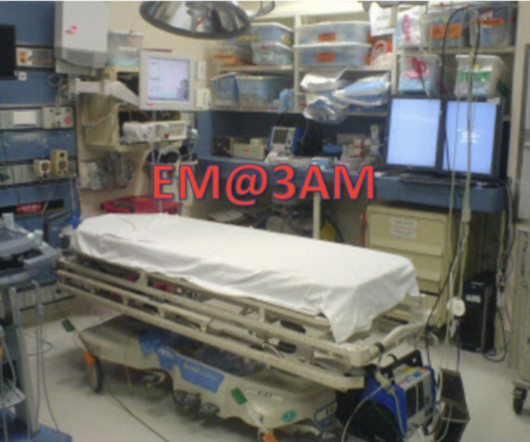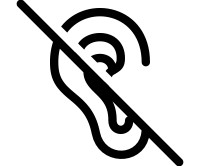Putting Clinical Gestalt to Work in the Emergency Department
ACEP Now
OCTOBER 29, 2024
In such cases, would you wait for a lactate, white blood cell count, bandemia, or other diagnostics to confirm a source of infection before starting antibiotics, fluid resuscitation, and/or pressors? In this study, clinical gestalt is not only fast, but accurate for the benefit of timely resuscitation and intervention.






















Let's personalize your content